Take the First Step For Estimate!
- Accurancy
- Efficiency
- Transparency
- Customization
- Time Saving
- Professionalism
- Cost Control

For warehouses considering a sprinkler system retrofit, costs vary based on project type. New construction projects typically incur $3 to $4 per square foot for coverage, while high-rise buildings may average $4 to $6 per square foot. Retrofitting existing structures can range from $3 to $9 per square foot of coverage. These estimates provide insights into anticipated expenses, aiding in budget planning for warehouse managers. Understanding the potential cost range is crucial for effective financial planning and decision-making.
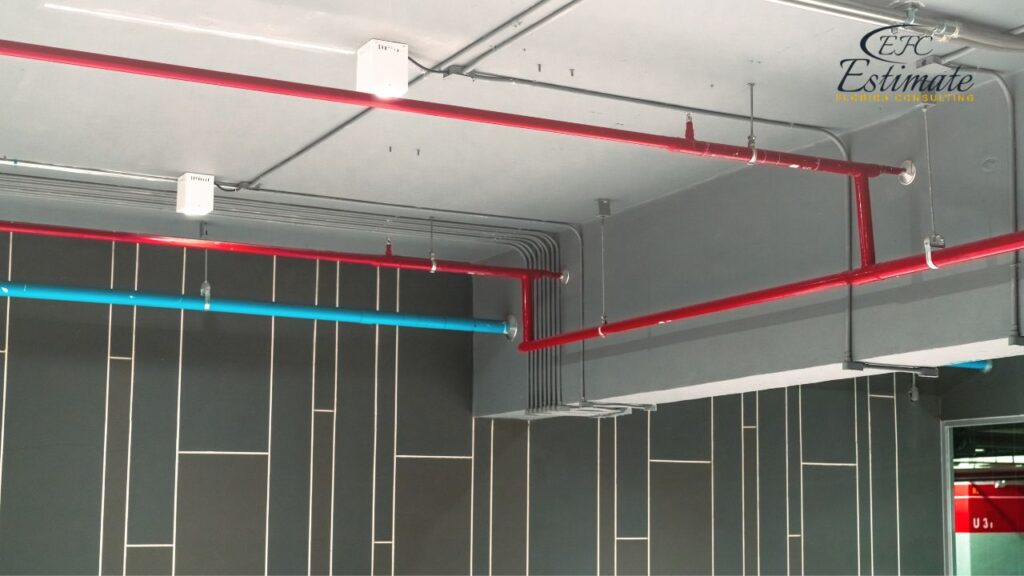

Maximizing profitability requires strategic maintenance of retrofitted sprinkler systems in warehouses. Proactive planning minimizes downtime and repair costs while extending system lifespan. Regular inspections and testing identify issues early, preventing costly disruptions. Investing in predictive analytics and remote monitoring enhances efficiency by providing real-time insights for timely interventions. Prioritizing strategic maintenance ensures optimal performance, safeguarding assets and driving profitability.
Project Type | Cost per Square Foot of Coverage | Project Type |
New Construction | $3 – $4 | New Construction |
High-Rise Buildings | $4 – $6 | High-Rise Buildings |
Retrofitting Existing | $3 – $9 | Retrofitting Existing |
The size and layout of a warehouse significantly influence retrofitting costs. Larger warehouses require more extensive coverage, with additional sprinkler heads and piping networks, driving up material and labor expenses. Complex layouts with multiple levels or irregular configurations pose challenges for system design and installation, necessitating custom solutions and specialized equipment. Factors like ceiling height and storage arrangements further impact costs by affecting system layout and accessibility. Thus, careful assessment of warehouse size and layout is essential for developing cost-effective retrofitting strategies.
The choice of sprinkler system is critical in determining retrofitting costs. Wet pipe systems are cost-effective and common, while dry pipe systems are suitable for unheated areas. Pre-action systems combine features of wet and dry systems, and deluge systems are ideal for high-hazard environments. Each type varies in cost based on equipment, installation, and maintenance considerations. Therefore, selecting the most appropriate system depends on factors like fire risk, environment, and regulatory requirements, balancing performance and cost-effectiveness.
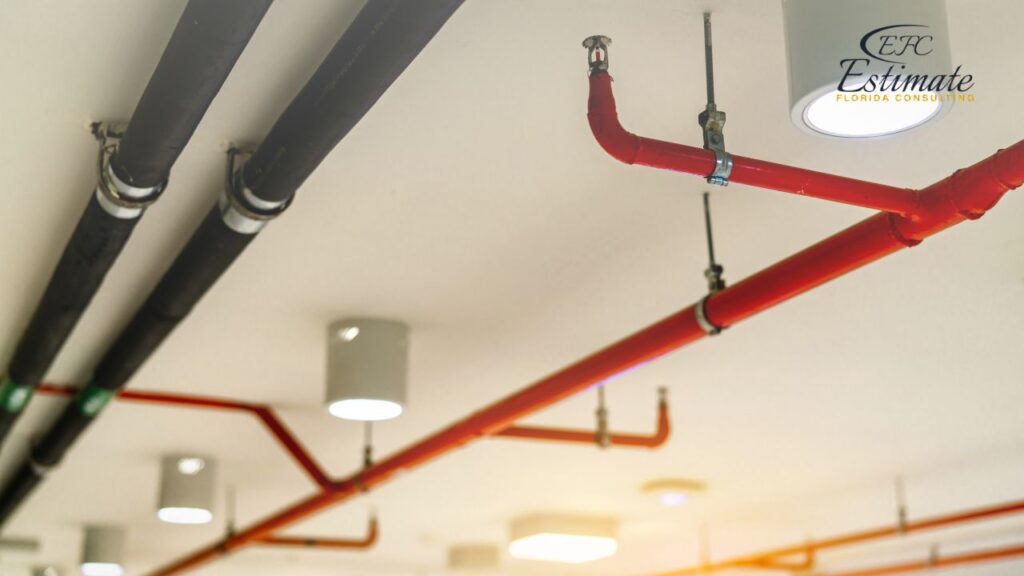
Assessing the existing water supply’s adequacy for the sprinkler system is crucial. Inadequate water flow or pressure may require upgrades to the building’s water infrastructure, such as larger water mains or storage tanks, driving up expenses. Factors like water source availability and reliability further impact costs. Thorough assessment of water supply and pressure ensures compliance with regulations and supports effective system operation.
Customizing the fire protection system to warehouse-specific hazards can significantly impact costs. Tailored solutions, like ESFR or in-rack sprinkler systems, address unique challenges but come at a premium due to additional design, equipment, and installation costs. Careful assessment of fire protection needs helps determine cost-effective customization options that ensure compliance and address specific risks.
Ensuring compliance with local regulations and obtaining necessary permits is essential but may incur additional expenses such as fees and administrative overhead. Changes in regulatory requirements or building codes can lead to unforeseen costs and delays. Early engagement with regulatory authorities helps identify compliance issues upfront and integrate them into the retrofitting budget.
The expertise required for installation and the complexity of integration into existing infrastructure significantly influence labor costs. Complex scenarios, like retrofitting occupied warehouses, require specialized equipment and coordination to minimize disruptions. Evaluating labor requirements and selecting experienced contractors ensures timely completion and quality workmanship, reducing risks and achieving optimal system performance.
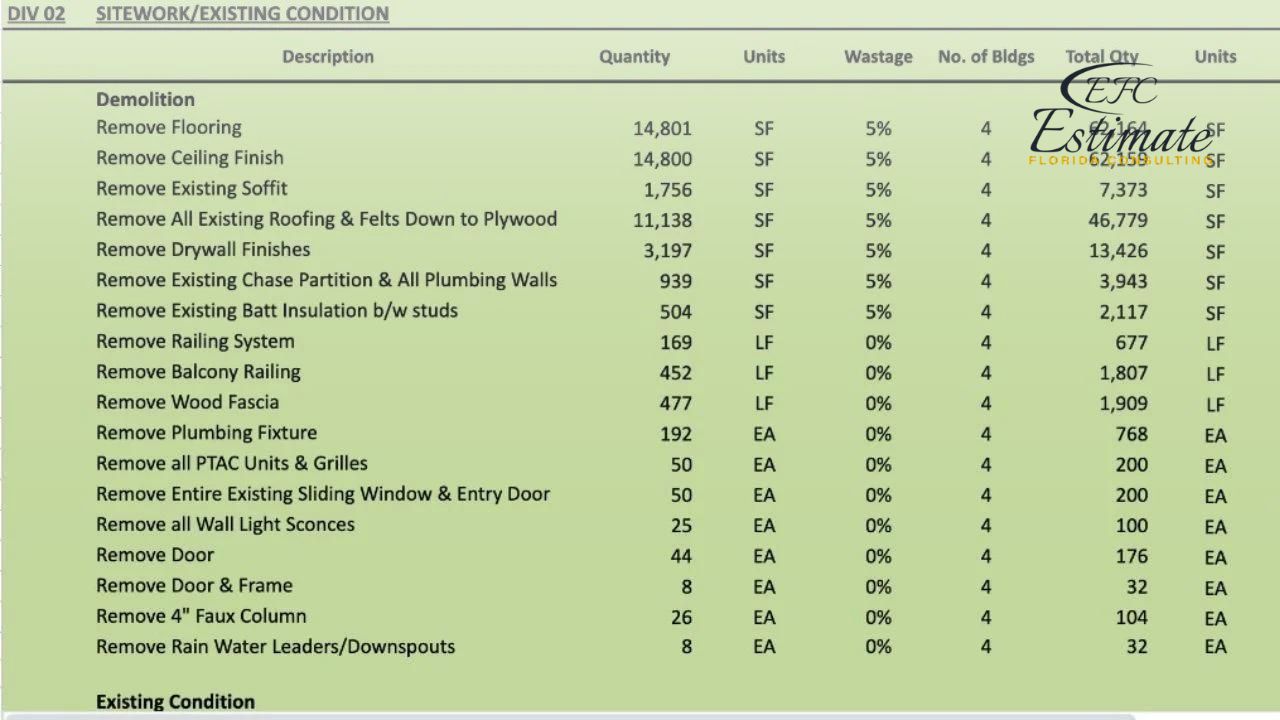
ZIP Code Based Estimate
Highly Accurate
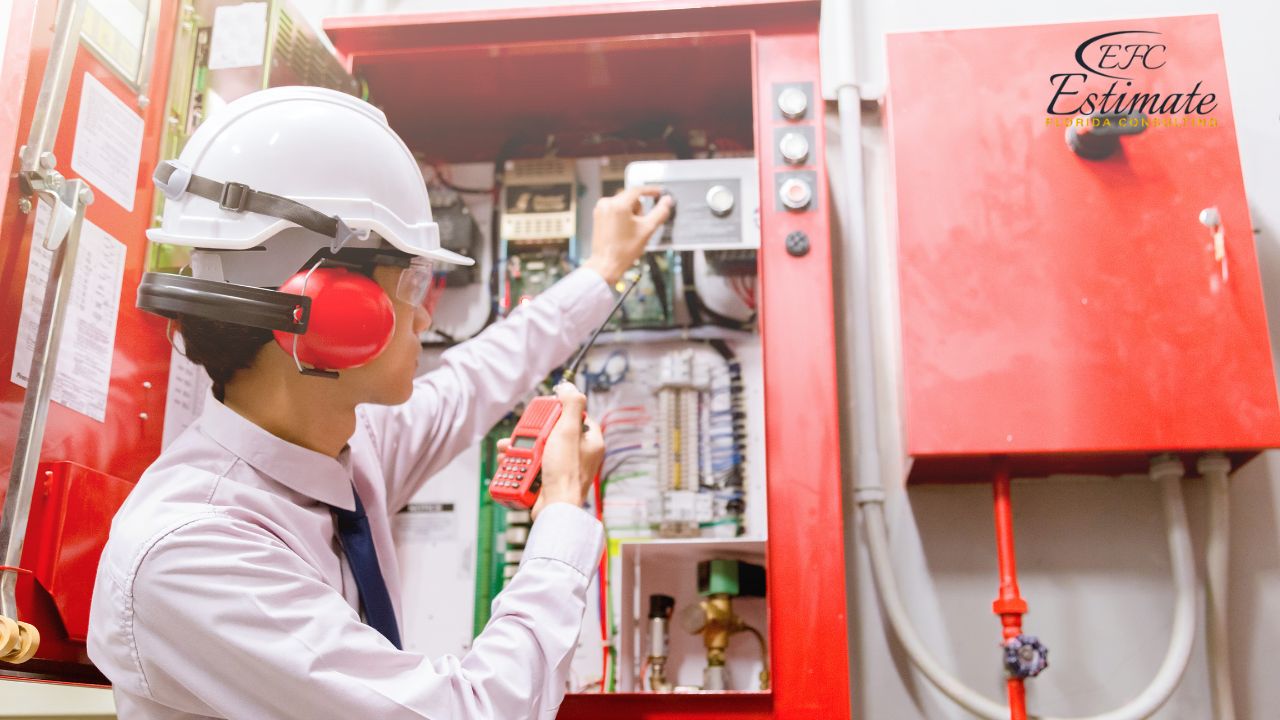
Fully Insured License Hire Sub-Contractor for Sprinkler System in Warehouse
Hire Contractor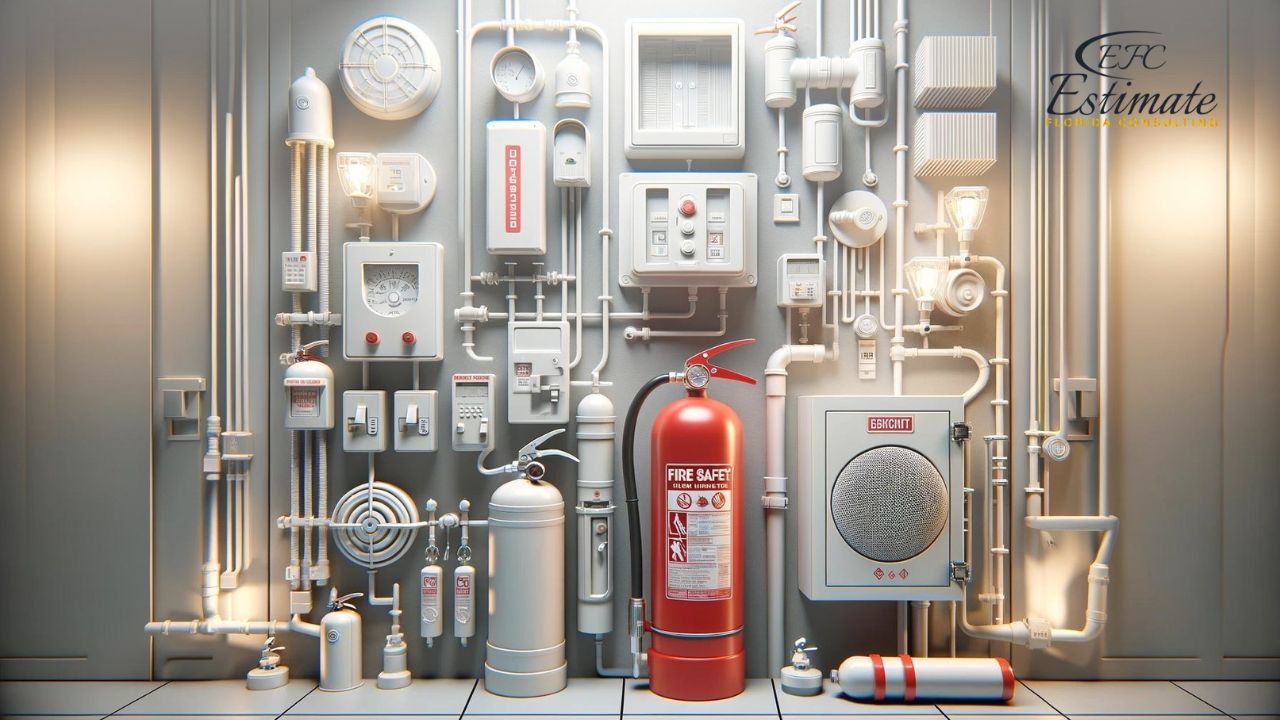
Make Informed Design Decisions Showcase Your Design Ideas
Get RenderingThe preliminary assessment phase of the cost estimator involves conducting surveys and consultations with fire protection engineers to gather essential data and insights for designing the fire protection system. This phase aims to assess the warehouse’s current fire safety status, identify potential hazards, and determine the scope of the retrofit project. Fire protection engineers evaluate factors such as building layout, occupancy type, existing fire protection measures, and water supply availability to develop a comprehensive plan that meets regulatory requirements and addresses specific safety concerns. Additionally, engineers estimate water supply needs based on factors like building size, occupancy type, and hazard classification, laying the groundwork for accurate cost projections and system design. By investing time and resources in the preliminary assessment phase, stakeholders can make informed decisions and avoid costly errors during the retrofitting process.
The materials component of the cost estimator encompasses the expenses associated with procuring various components necessary for the installation of the fire protection system. This includes pipes, sprinkler heads, valves, pumps, and any additional equipment such as alarms or control panels required to ensure the system’s functionality and compliance with safety standards. The cost of materials can vary based on factors such as system type, design specifications, and quality standards. For example, opting for high-quality, durable materials may entail higher upfront costs but can result in long-term savings through reduced maintenance and replacement expenses. Additionally, bulk purchasing, negotiating with suppliers, and selecting cost-effective alternatives can help minimize material costs without compromising system performance or reliability. By accurately estimating material expenses, stakeholders can develop realistic budgets and streamline procurement processes, ensuring timely project completion and compliance with safety regulations.
Installation labor represents the wages paid to skilled workers responsible for installing the fire protection system in the warehouse building. This component of the cost estimator accounts for the manpower required to execute the retrofit project, including tasks such as system assembly, piping installation, sprinkler head mounting, and equipment integration. Labor costs can vary significantly based on factors such as project complexity, labor availability, geographic location, and union requirements. Projects involving complex layouts, occupied spaces, or specialized equipment may require additional labor hours and expertise, leading to higher installation costs. Moreover, local labor rates and prevailing wage standards influence labor expenses, with urban areas typically commanding higher rates compared to rural areas. By accurately estimating installation labor costs, stakeholders can allocate resources efficiently, optimize project schedules, and ensure the timely completion of the retrofit project within budgetary constraints.
Permitting and inspection fees encompass the expenses associated with obtaining necessary permits and complying with regulatory requirements throughout the retrofitting process. This component of the cost estimator includes application fees, plan review charges, and inspection fees levied by local building authorities to ensure compliance with safety codes and standards. Permitting requirements vary by jurisdiction and may involve multiple agencies, each with its own set of regulations and procedures.
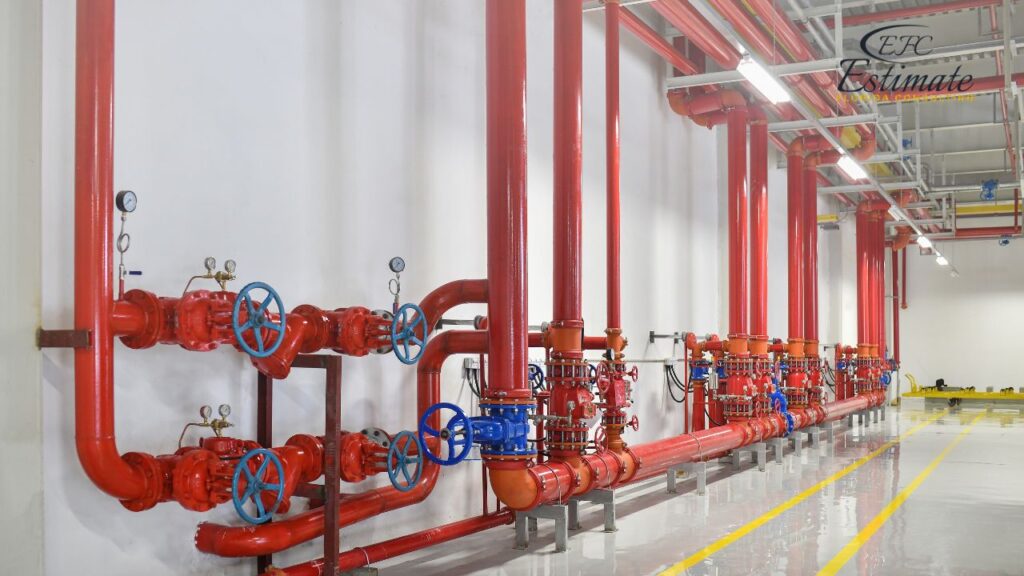
Additionally, inspections conducted at various stages of the retrofit project help verify compliance with safety standards and validate the proper installation and functionality of the fire protection system. Budgeting for permitting and inspection fees is essential for avoiding delays, fines, or project disruptions resulting from non-compliance with regulatory requirements. By accounting for these expenses upfront, stakeholders can streamline the permitting process, facilitate regulatory compliance, and minimize the risk of costly penalties or enforcement actions.
A contingency fund is a recommended reserve set aside to cover unforeseen issues or expenses that may arise during the retrofitting process. This component of the cost estimator typically represents 10-20% of the total project cost and serves as a buffer against unexpected challenges, delays, or changes in project scope. Unforeseen issues, such as site conditions, design modifications, or supply chain disruptions, can impact project timelines and budgetary allocations, necessitating additional resources to address effectively. Allocating a contingency fund allows stakeholders to mitigate risks, adapt to changing circumstances, and maintain project momentum without compromising quality or safety. Moreover, having a contingency fund in place demonstrates prudent financial planning and risk management practices, instilling confidence among stakeholders and ensuring the successful completion of the retrofit project within budgetary constraints.
Maintaining a newly retrofitted sprinkler system is crucial for ensuring its long-term effectiveness and compliance with safety standards. A strategic approach to maintenance planning can help warehouse managers keep their fire protection systems in optimal condition, safeguarding against potential failures and ensuring readiness in the event of a fire. This guide outlines essential strategies for the ongoing maintenance of retrofitted sprinkler systems.
From small to large projects, residential to commercial, we’re here to help you win. Fast results guaranteed.
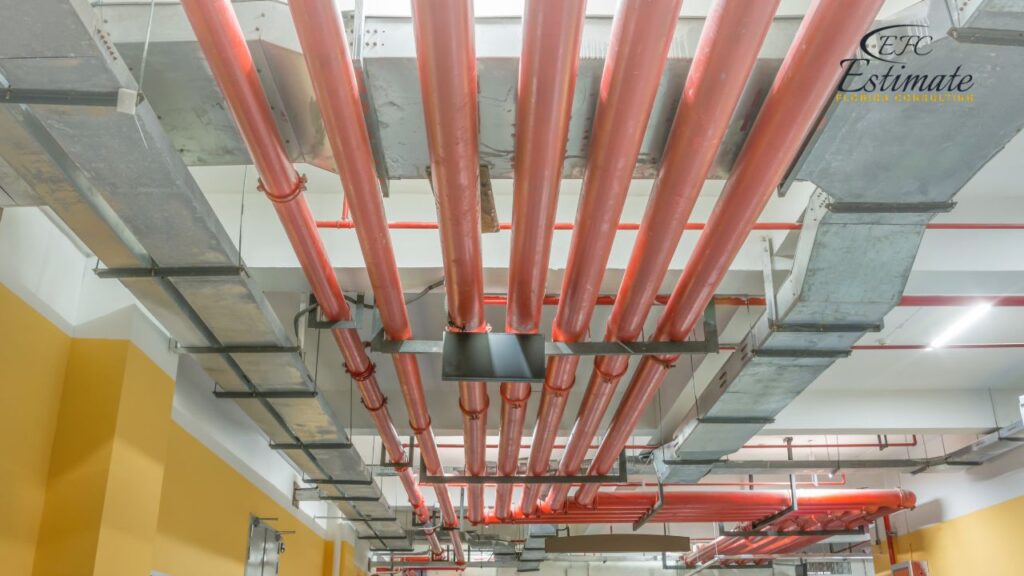
So, why wait? Send us your plans and give us a call now. Let’s make your project a success together!

Retrofitting sprinkler systems in warehouses is a vital investment in fire safety and regulatory compliance. Accurately estimating costs and considering factors such as warehouse size, system type, water supply, customization needs, permitting, and labor complexity are essential for successful projects. Additionally, developing a comprehensive maintenance plan ensures the long-term effectiveness of retrofitted systems, safeguarding employees, assets, and operations against fire hazards. By prioritizing safety, proactive maintenance, and staying abreast of technological advancements, warehouse owners and managers can mitigate risks, enhance resilience, and uphold a culture of safety in their facilities.
Retrofitting sprinkler systems enhances fire safety and ensures compliance with regulations. It can save lives, reduce property damage, and minimize disruptions to business operations in the event of a fire.
Retrofit costs are estimated by considering factors such as warehouse size, system type, water supply, customization needs, permitting, labor complexity, and the inclusion of a contingency fund. Multiple bids from contractors help ensure competitive pricing.
The size and layout of the warehouse, the type of sprinkler system chosen, water supply adequacy, system customization requirements, compliance with regulations, and labor and installation complexity are primary factors influencing retrofit costs.
The preliminary assessment involves surveys and consultations with fire protection engineers to gather data on the warehouse’s fire safety status, identify hazards, assess water supply needs, and develop a retrofit plan that meets regulatory requirements.
Long-term maintenance planning ensures the continued effectiveness of retrofitted sprinkler systems by implementing regular inspections, preventive maintenance measures, employee training, and establishing relationships with maintenance service providers. It helps safeguard against failures and ensures readiness in case of emergencies.
Here I am going to share some steps to get your sprinkler system retrofit cost for warehouses estimate report.
You can send us your plan on info@estimatorflorida.com
Before starting your project, we send you a quote for your service. That quote will have detailed information about your project. Here you will get information about the size, difficulty, complexity and bid date when determining pricing.
Our team will takeoff and estimate your project. When we deliver you’ll receive a PDF and an Excel file of your estimate. We can also offer construction lead generation services for the jobs you’d like to pursue further.

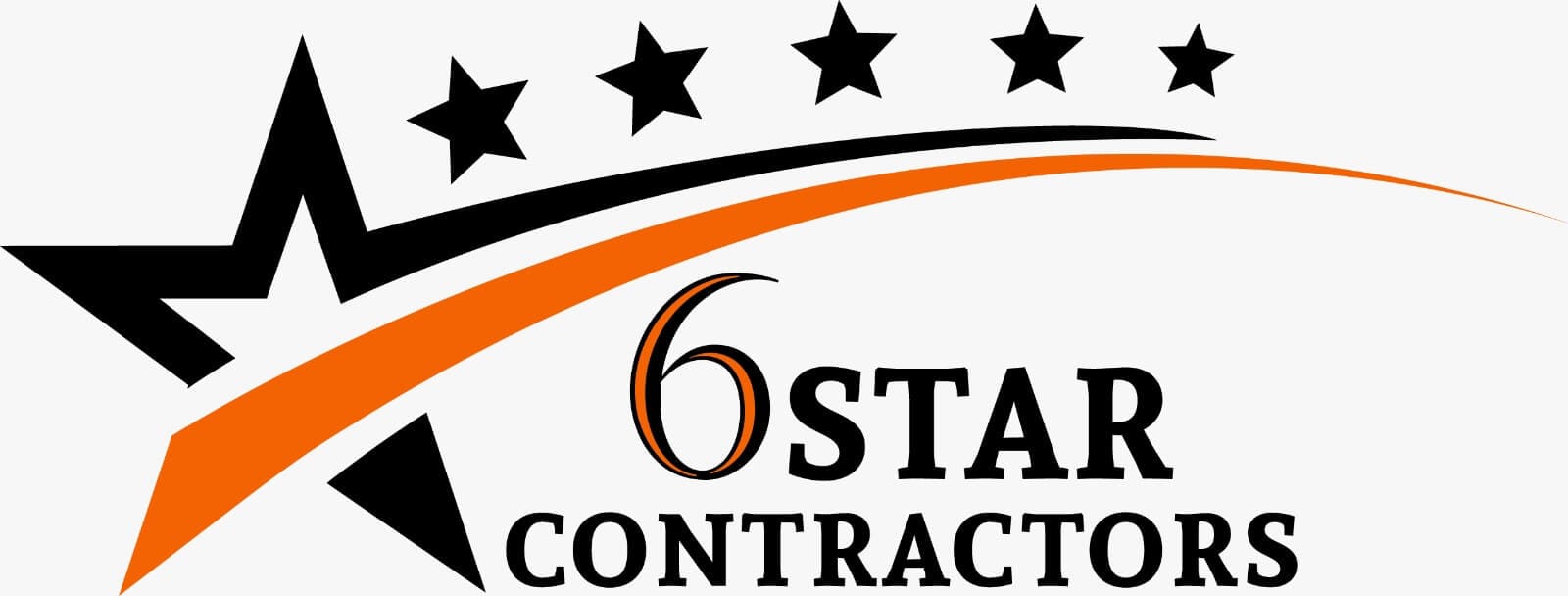

561-530-2845
info@estimatorflorida.com
Address
5245 Wiles Rd Apt 3-102 St. Pete Beach, FL 33073 United States
561-530-2845
info@estimatorflorida.com
Address
5245 Wiles Rd Apt 3-102 St. Pete Beach, FL 33073 United States
All copyright © Reserved | Designed By V Marketing Media | Disclaimer